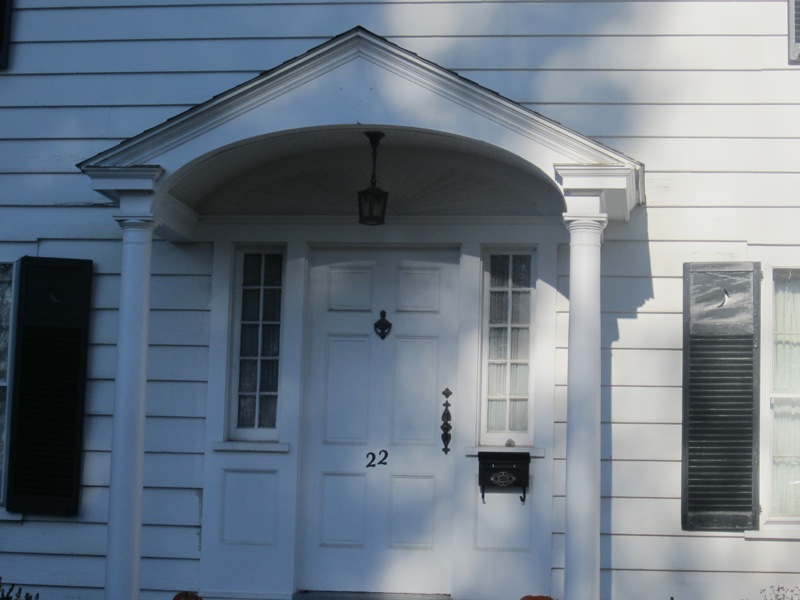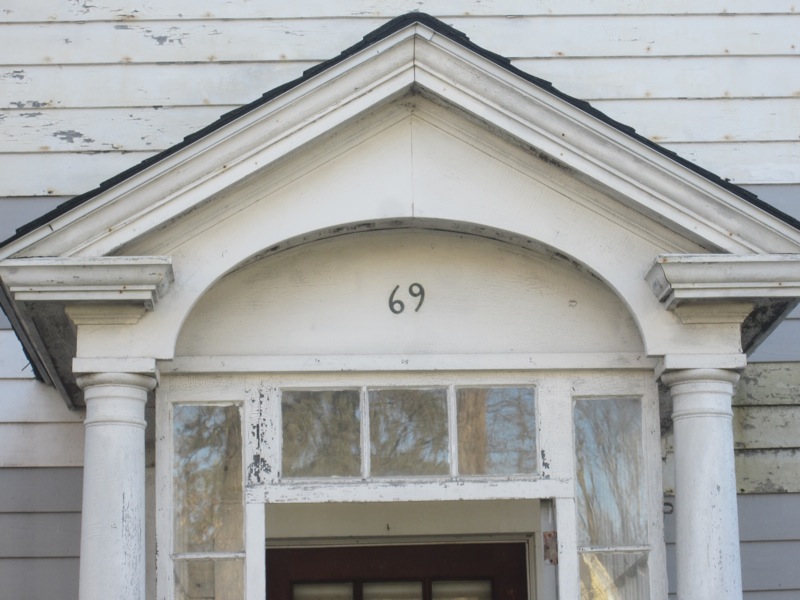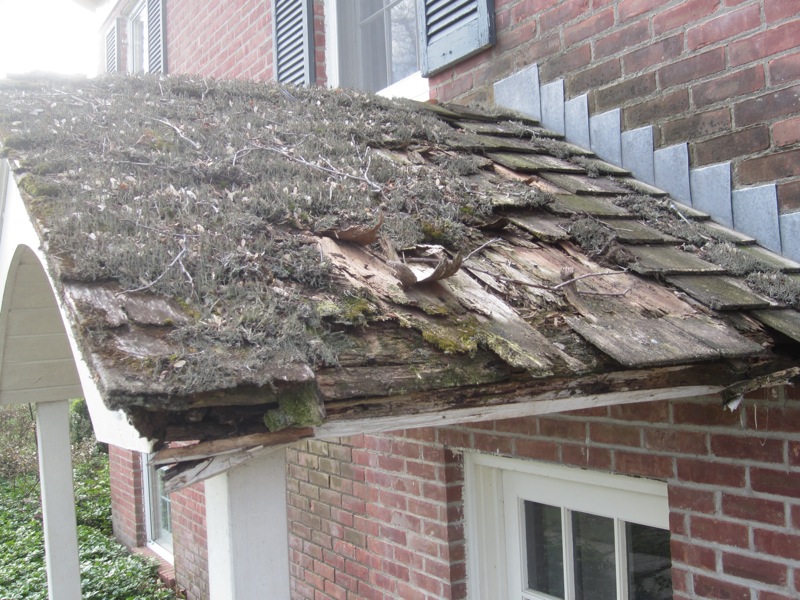Household Tip of the Day: Pam (the nonstick cooking spray), does not necessarily make a good substitute for WD-40. What works magic on muffins, might not have the same results on stuck metal.
One of the joys of owning a large, older home, is it provides me a plethora of home repair and remodeling projects to choose from. One of the pains of having a large, older, home is that there is always an emergency or necessary repair that bumps the projects I really want to do down to the bottom of my list. I enjoy the process of trying to figure out how to do a home improvement project, and then attempt to complete it with my own hands. When I succeed, the elation of accomplishment balances the times I fail miserably and have to turn the mangled mess over to a professional contractor. To my credit, I am approaching a 60% success rate. Being easily distracted and having a short attention span, I tend to be working on three or more projects concurrently. The advantage for me is that I feel like I am making progress on several fronts. The disadvantage is to an outside observer, it appears that nothing is ever finished.
Re-doing the side entry has been on my list for quite some time, but never a priority. The entry was part of my home’s 1965 addition. Unlike the 1850’s core of my house, it does not have any historical fabric or character that needs to be preserved. Since it wasn’t the main entrance, it received less attention to detail from the architect who designed it, or the contractors who constructed it. The posts supporting its roof are in reality 4 x4’s dressed up with molding at their bases. The semi circular ceiling of the porch has an awkward arch, impossible to derive from any known Vitruvian formula, or to be found in any standard architectural pattern book.
Still, it does have a certain charm. When we had our home inspection before buying the place, our inspector warned me about the moss and lichens growing on its wood shingled roof.
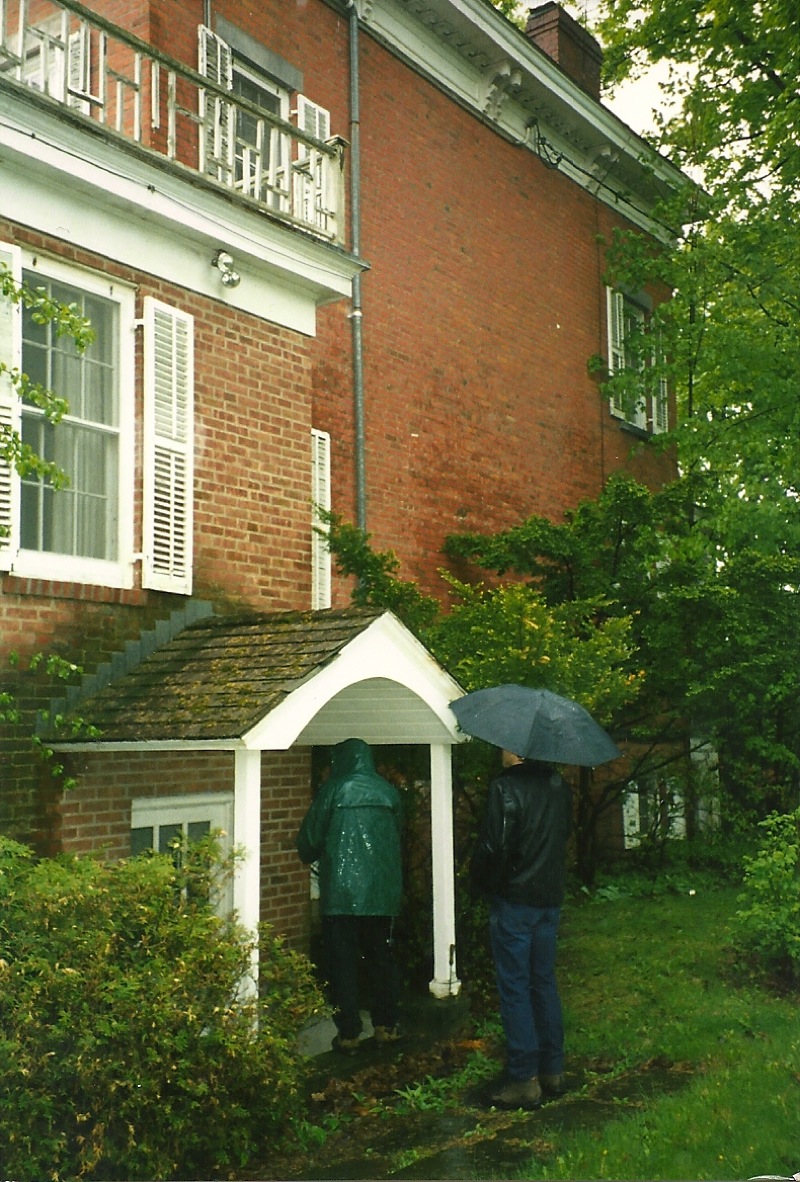
“ Moisture trap”, he said. I assured him I would remove the destructive plants as soon as I purchased the house while thinking to myself,
“Was he crazy? Sacrifice such character and bit of old world charm!”? When I squinted at the moss-covered roof through a small crack in my fingers, I was looking at the top of an ancient woodsman’s cottage on the edge of the Black Forest, almost hearing the sounds of him inside, carving a cuckoo clock.
And so my little side entry porch sat, for a dozen years now. The entrance is scarcely used and merits little attention. Every now and then I would look at it and ponder what I would replace it with, or adapt it to, but more pressing repairs came first. Fortunately (or unfortunately, depending on your point of view), another project collided with it head on, and its impending disintegration is inching it up my list of things to do. Last year I began to repair and paint the exterior trim of the house. This promises to be a slow, multi-year task, as the trim needs a lot of attention. There are gaps to be caulked, cracks to be patched, rotted pieces to be replaced, squirrel holes to be filled with steel wool and bondo-ed over (preferably when the squirrels are on the outside). As I worked my way down the north side of the house, I neared the porch, and began to prep it for painting. I went to scrape the paint of the moldings at the post bases, and scraped the moldings off. The same thing happened with the trim on the eaves. Uh oh.
Since the woodsman inside his little cottage had not produced on decent cuckoo clock for the past twelve years, I decided to remove the moss and lichens growing on the roof, and forget my squinty-eyed fairy tale fantasy. It was then that I realized that the moss and lichens were not growing on top of the roof, they WERE the roof. Despite being all for green roofs, I think it might be time to think about planning to build, or reconstruct, a new side entry porch.
The first, and definitely most pleasant step, is to figure out what I want the new and improved side entry to look like.
For inspiration, I walked around Cooperstown, NY (always a great source for architectural inspiration), taking pictures of some modest covered entries that might be adapted for my new entry. Below are some of the candidates.
Next Step, to start sketching!
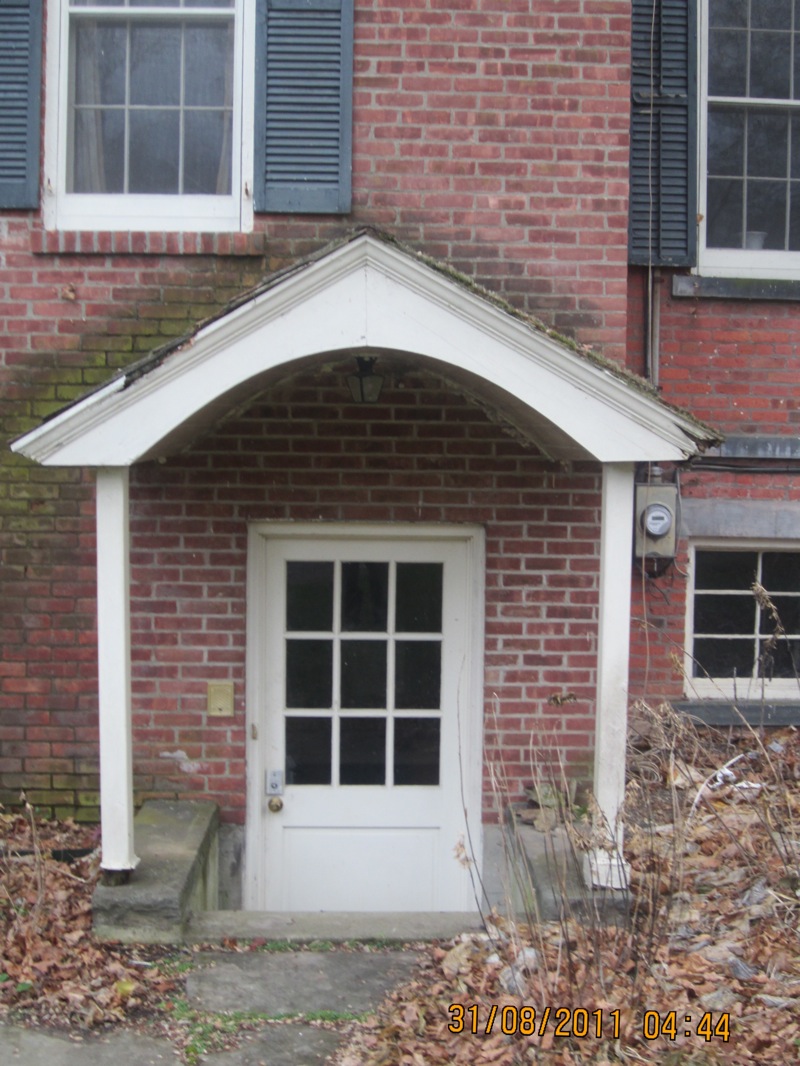 My side entry, present state
My side entry, present state simple and sold
simple and sold a bit more refined
a bit more refined adding some dentils
adding some dentils
